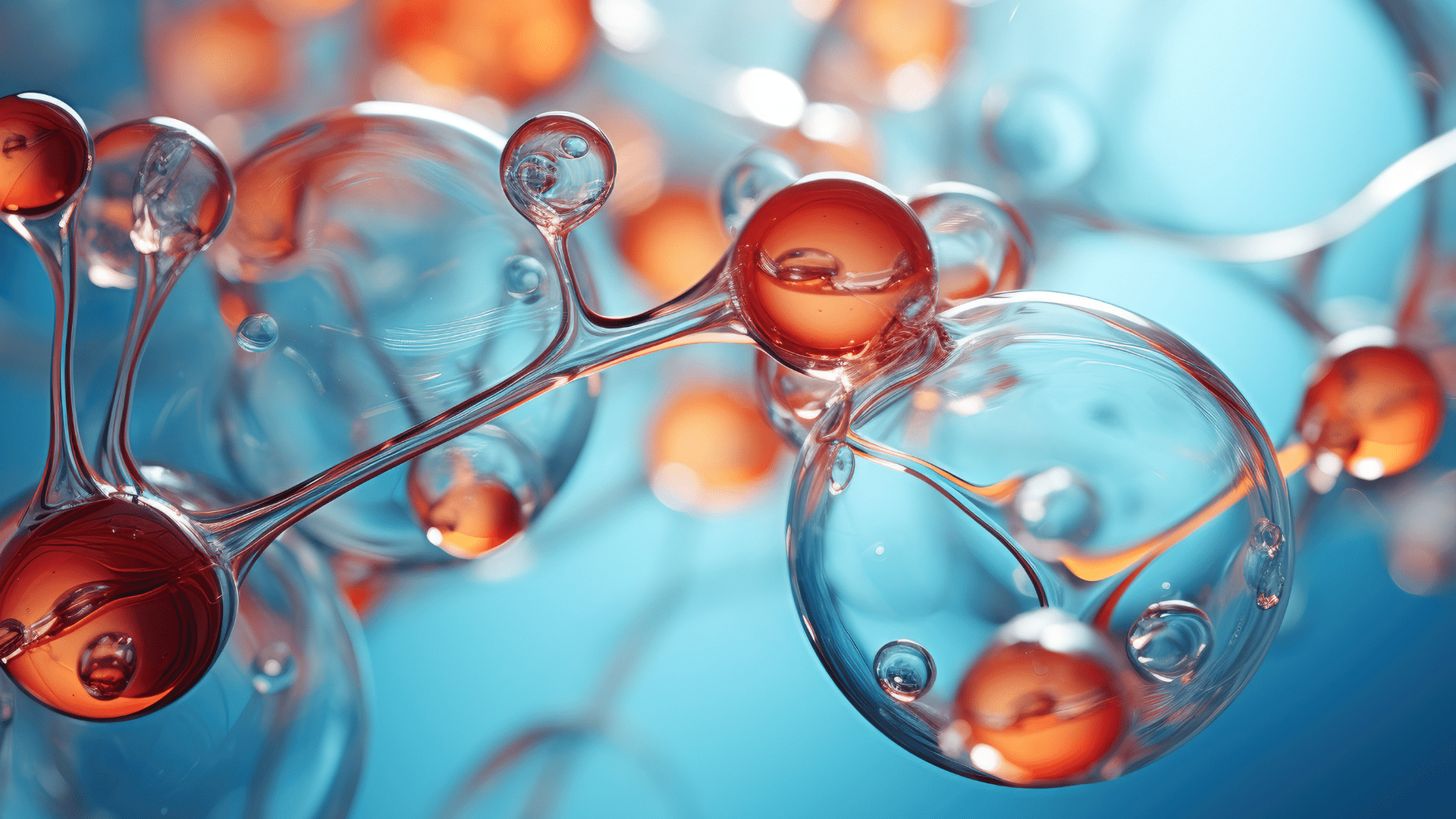The Essential Role of Antioxidants in Polymer Chemistry: Safeguarding Against Aging and Degradation

Dive deep into the realm of antioxidants in polymer chemistry and discover how they protect against aging caused by thermal oxidation. Explore effective stabilization methods to maintain polymer integrity and enhance performance.
The Impact of Thermal Oxidation on Polymers
Welcome to our comprehensive exploration of antioxidants in polymer chemistry! This is an article by Domenico Lo Curto, Global Business Development for the Plastics industry.
Understanding Polymer Aging Dynamics
If you're a chemist eager to understand the intricacies of polymer aging and preservation, you've landed in the right spot. In this extensive post, we'll uncover the profound impact of thermal oxidation on polymers and the indispensable role antioxidants play in mitigating aging effects.
Polymeric materials, whether they originate synthetically or naturally, are inherently susceptible to oxidation reactions with oxygen. While UV irradiation can exacerbate polymer oxidation, our primary focus here is on the pervasive phenomenon of thermal oxidation, which spans every stage of a polymer's lifecycle.
Vulnerability of Polymers to Aging
From the initial stages of manufacturing, through storage, processing, and eventual utilization, polymers face the constant threat of aging due to oxidation. Highly unsaturated polymers, characterized by a significant concentration of double bonds, stand particularly vulnerable.
Nevertheless, even polymers with lower degrees of unsaturation can succumb to oxidation, influenced by factors such as chemical structure, manufacturing processes, and morphology.
Counteracting Aging with Stabilization Methods
The consequences of oxidation on polymers are far-reaching and often evident in the form of aging symptoms. These include discoloration, loss of gloss, chalking, and the formation of surface cracks.
Beyond mere aesthetic concerns, aging compromises the mechanical properties of polymers, affecting characteristics such as elongation and impact strength.
Stabilization Strategies for Polymer Preservation
Thankfully, a range of stabilization methods exists to counteract aging and preserve polymer integrity:
- Structural modification: Incorporating antioxidant functional groups through copolymerization with suitable copolymers.
- End capping: Introducing end-groups to effectively terminate molecular chains, as observed in polyacetals.
- Orientation (stretching): Enhancing crystallinity and bolstering resistance to oxidation through polymer orientation.
- Antioxidants: Deploying antioxidants to actively combat oxidation reactions and extend the lifespan of polymers.
Unveiling the Mechanisms of Polymer Aging
Autoxidation, the pivotal reaction of organic compounds with oxygen, serves as the linchpin in polymer aging. This intricate process commences with radical formation, stemming from the cleavage of carbon-hydrogen bonds induced by heat, oxygen, or mechanical stress. Subsequent chain propagation reactions yield alkyl radicals, hydrogen radicals, and peroxy radicals.
Chain branching and termination reactions further contribute to polymer degradation, resulting in either a decrease in molecular weight or cross-linking, depending on the availability of oxygen.
Empowering Chemists with Knowledge for Stabilization
A comprehensive understanding of autoxidation and polymer aging empowers chemists to formulate effective stabilization strategies. By integrating antioxidants into polymer formulations, it becomes possible to not only prolong the lifespan but also enhance the performance of polymeric materials across diverse applications.
Looking Ahead: Advanced Stabilization Techniques
In subsequent posts, we'll explore advanced stabilization techniques and delve into cutting-edge research, uncovering the secrets to preserving polymer integrity and functionality in a multitude of polymers such as: Polyolefins, Styrenics, Polyamides, Polyesters, Polycarbonate, Polyacetals.
Stay tuned for a deeper dive into the world of antioxidants and polymer chemistry.






